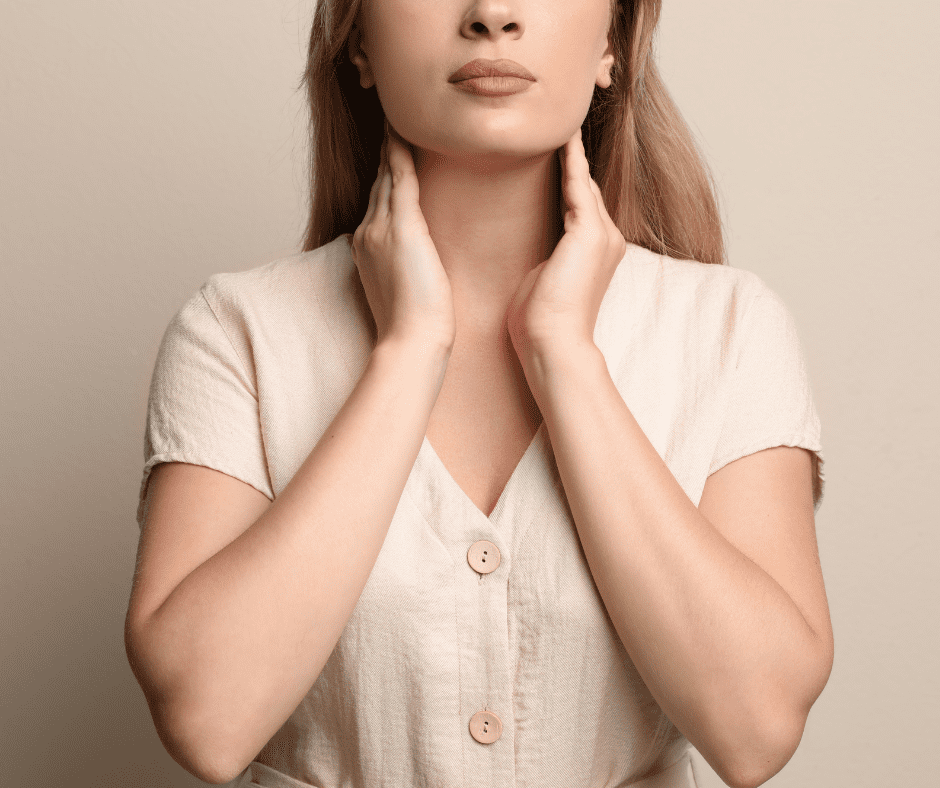
Unveiling Important Facts About Calluses and Corns

Calluses and corns are two common foot issues that often go unnoticed until they become bothersome. While they may seem similar, each has distinct characteristics and causes. In this blog post, CarePlus Foot & Ankle Specialists explores important aspects of calluses and corns, shedding light on their differences, causes, and effective treatments.
Understanding Calluses
Calluses are thickened, toughened areas of skin that typically form on the hands or feet in response to repeated friction or pressure. They are often larger than corns and can appear yellowish or grayish. Calluses generally develop on weight-bearing areas of the foot, such as the heel or ball.
Key Facts About Calluses:
- Natural Protection: Calluses form as a protective response to friction or pressure, shielding the skin from damage.
- Common Causes: Activities like walking barefoot or wearing ill-fitting shoes can lead to calluses.
- Treatment: Mild calluses may resolve on their own, but for persistent cases, gentle exfoliation and moisturizing can help. Pumice stones or emery boards are often recommended for home care.
Understanding Corns
Corns are smaller, more concentrated areas of thickened skin that typically develop on or between toes. Unlike calluses, which form due to external friction, corns often have a core that can press into deeper layers of skin, causing pain or discomfort.
Key Facts About Corns:
- Types: There are two main types of corns: hard corns, which are small and concentrated, often appearing on the tops of toes, and soft corns, which are whitish and form between toes where skin is moist.
- Causes: Corns develop from friction or pressure, commonly from wearing tight shoes or high heels that compress toes.
- Treatment: Properly fitted shoes, corn pads, and, in some cases, removal by a healthcare professional are common treatments for corns.
It’s important to understand the differences between corns and calluses to seek the proper treatment. Whether through footwear choices, regular moisturizing, or seeking medical advice when necessary, addressing these common foot issues ensures comfort and mobility in daily life.
For more information on how to improve your foot health, come see Dr. Hubert Lee and the team at CarePlus Foot & Ankle Specialists for guidance and advice. You can schedule an appointment online or call today at 425-455-0936.
You Might Also Enjoy...


Three Ways to Treat Your Feet in Honor of Foot Health Awareness Month

5 Surprising Things Your Feet Can Tell You About Your Health

Top Reasons People See Podiatrists

Understanding the Connection Between Your Thyroid and Your Feet


